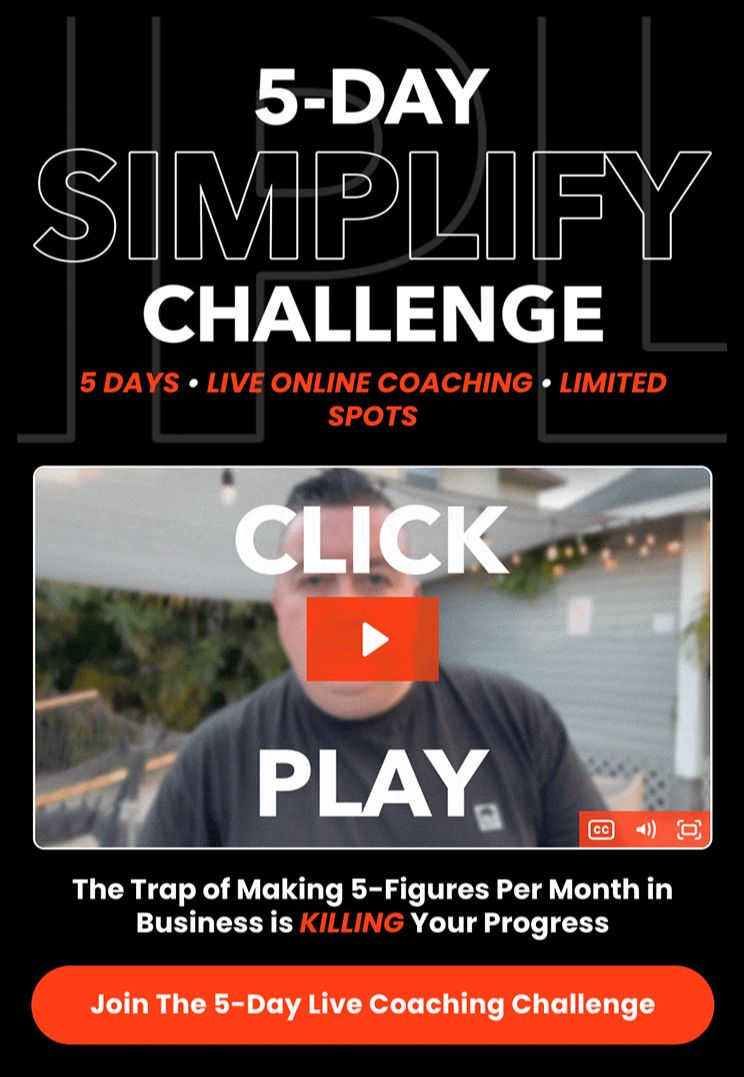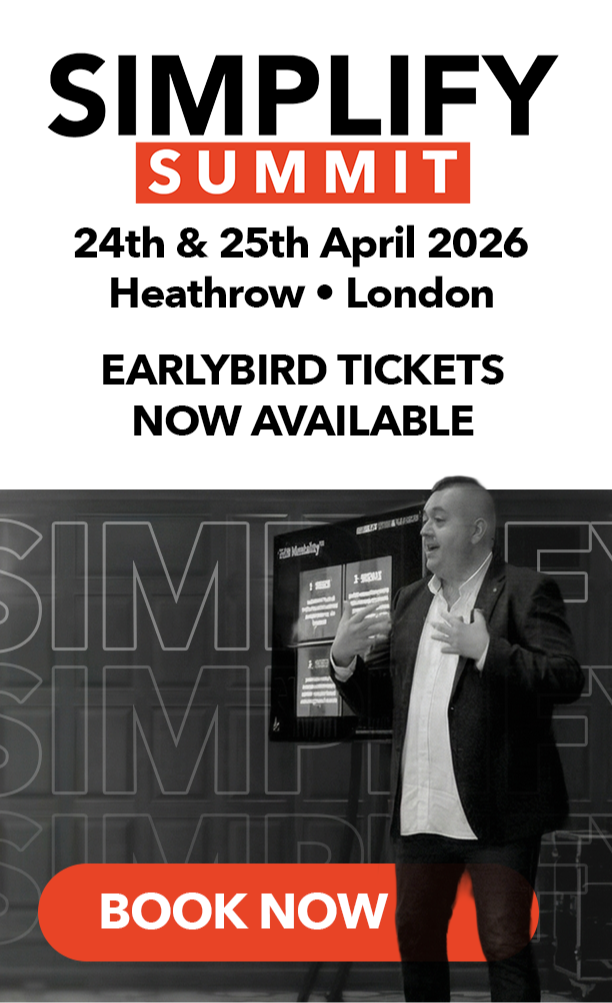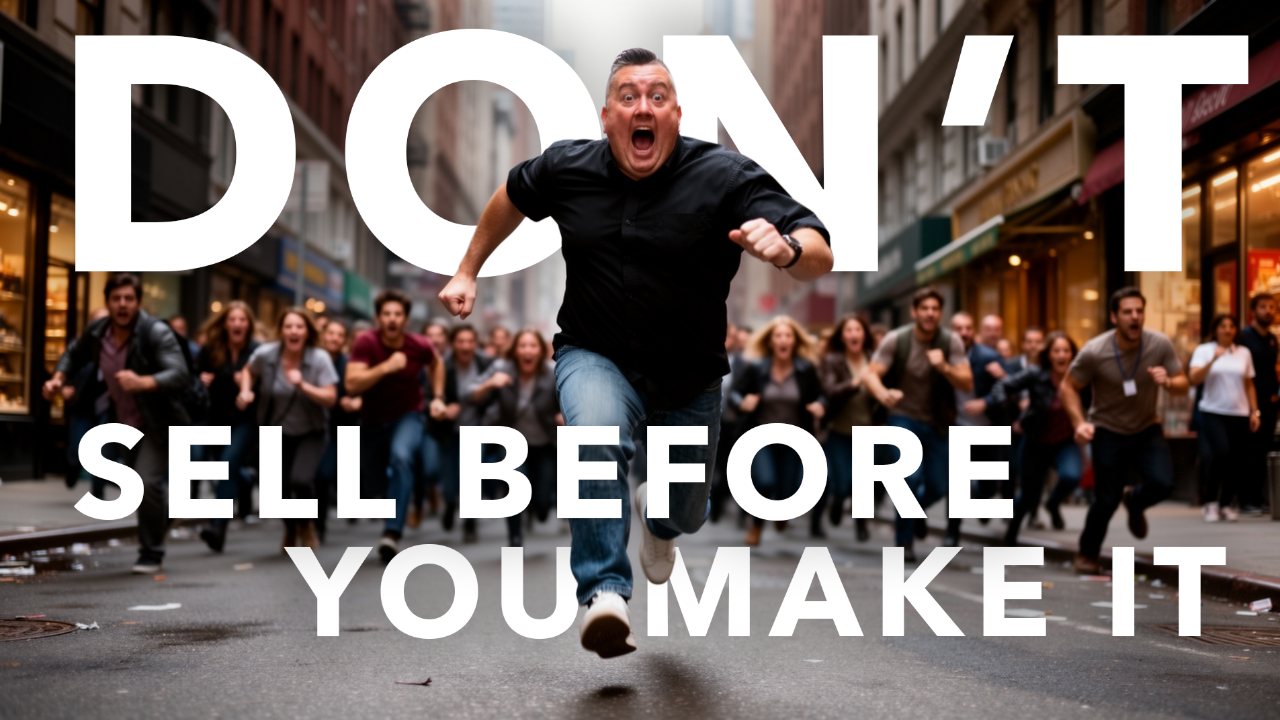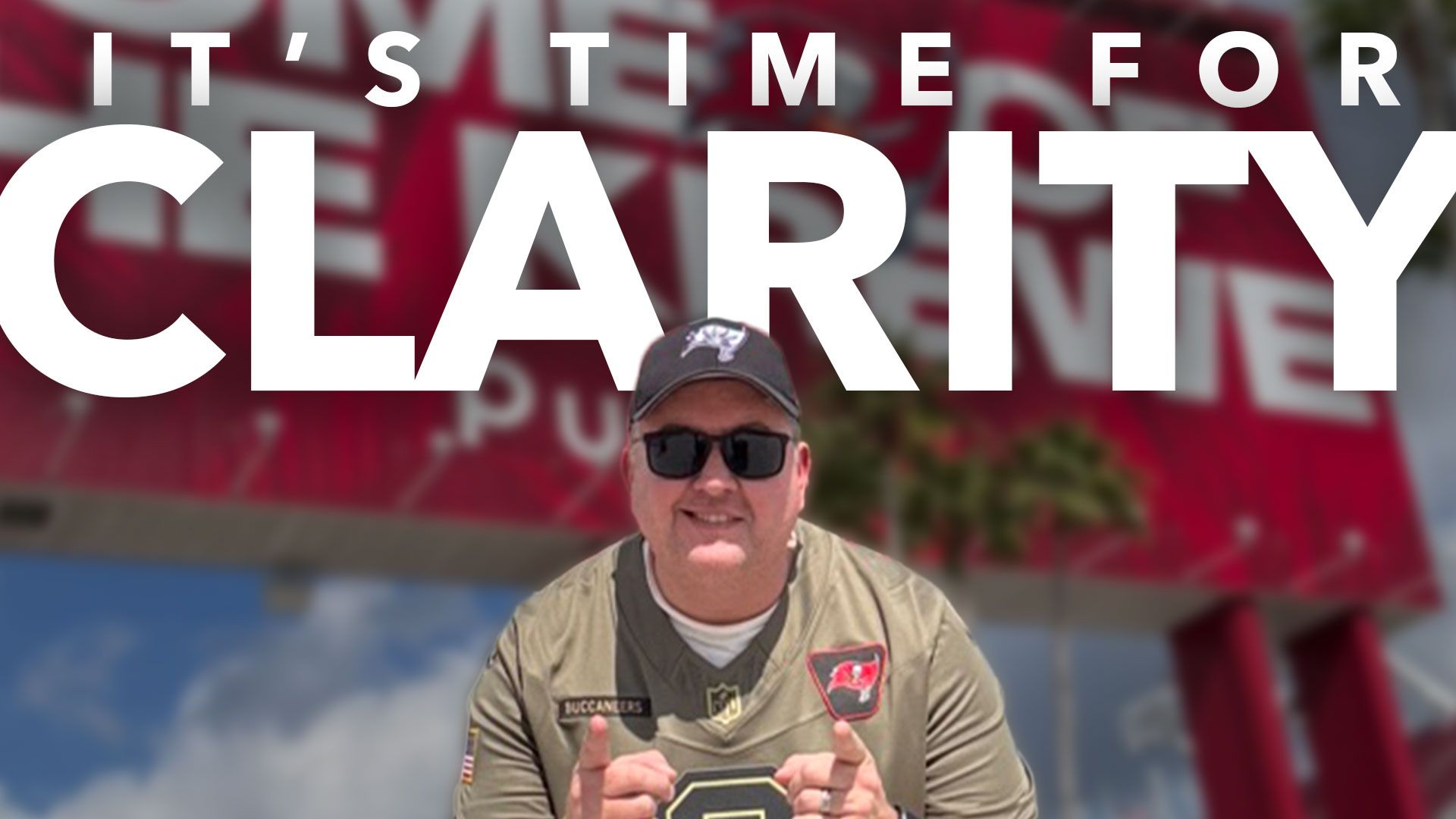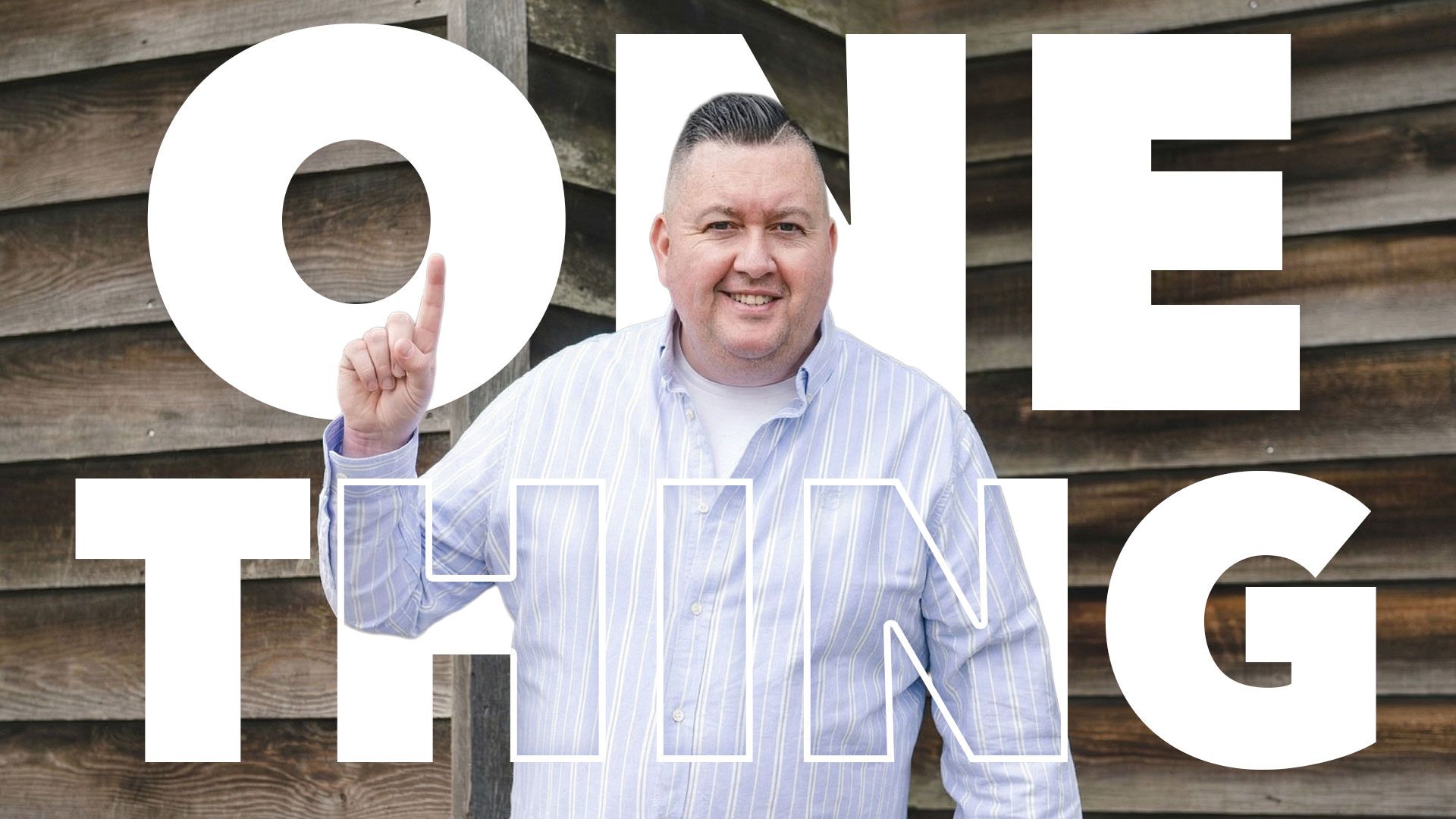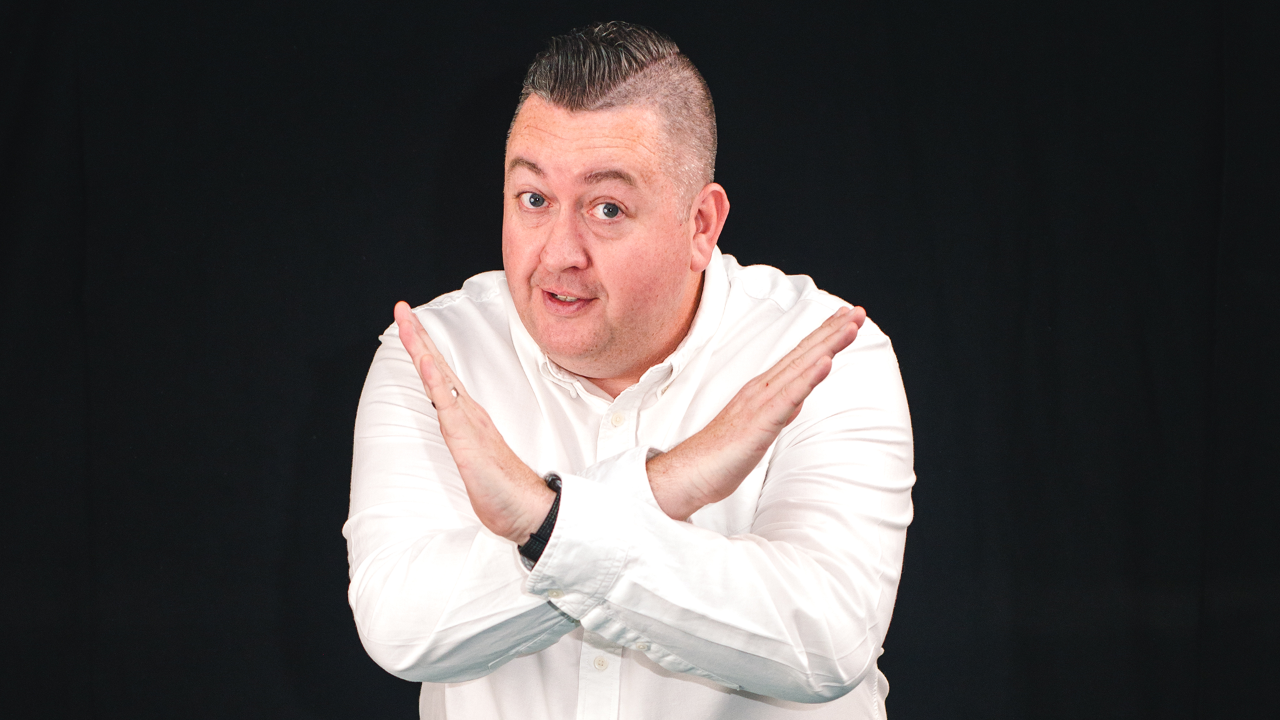[#012] "Free" Changes Everything in Your Marketing
Nov 02, 2025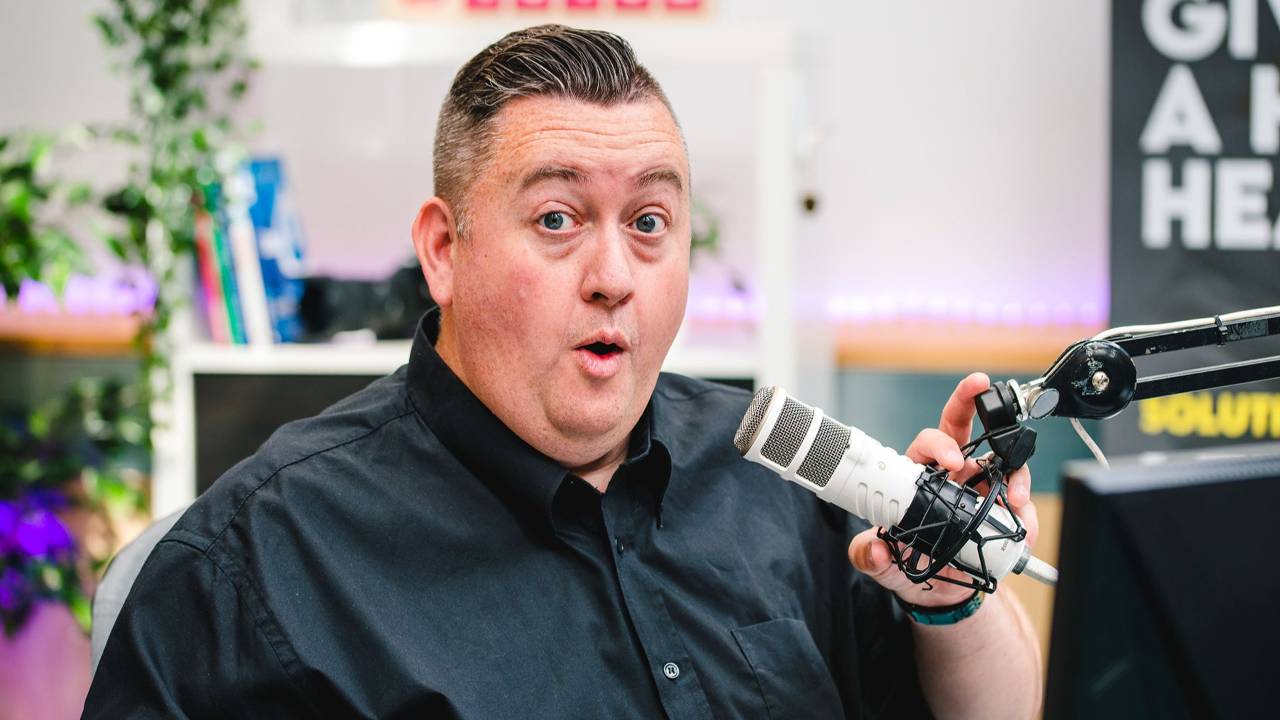
Recently I picked up a book by Chris Anderson. The book was entitled "Free: The Future of a Radical Price" and it explained something very important. In fact, so important that this entire edition of Simplify and Scale is devoted to it.
You see, giving things away can make you more money. It sounds backwards and I even see many marketers, coaches and experts telling their audience and clients to stop giving things away for free as it's not the way to build a business.
If you've been following my content since publishing my book "Simplify the Funnel" then you know that I am not a huge advocate of giving away everything for free, but I do teach that free still has its place – it's just that its location in your marketing and in your funnel has moved away from where everyone else is teaching you should put it. Simply put…
The Free Line Has Moved!
When it comes to using free as a strategy in your marketing and funnels, it is not as simple as everyone makes it out to be. The old game was: add a free PDF download to your website, get people to sign up for free and then they are in your funnel.
Let me tell you now, the game has changed. And Chris Anderson's book helps us understand why and how we need to rethink how we are using free in our business.
"And now for something completely different"
That's probably the most famous line from Monty Python, the legendary comedy group. Chris opens his book with a great story about them and how they used "free" to do something that was completely radical.
All over YouTube, many channels featured clips of Monty Python. The comedy group were frustrated with the level of piracy that users were committing by publishing full versions of the films and shows they had created, along with the millions of short form clips.
The reaction from the Python group was something that no one expected. They launched their own YouTube channel and put EVERYTHING up for free. In full HD too.
In just 3 months, DVD sales jumped 23,000%!
Monty Python removed the barrier, and allowed more people to experience their content. When they liked it and trusted it, they then went out and bought it.
That's the principle behind simple and smart marketing funnels today – they remove friction by being as visible as possible, content bomb their public audience with the best content possible, and then lead them to make a purchase.
This is just one example of how the "free line" has totally moved in marketing today, yet so many business owners and funnel creators are ignoring this shift.
Free Isn't New - But Where It Lives Has Changed
Chris Anderson shows us that free has always worked in marketing. One example he shares with us is about the brand "Jell-O" - they printed recipe books and gave them away door-to-door. Nobody knew what to do with powdered gelatine in little sachets, but the free recipes taught them what to do, resulting in an explosion of sales.
Anderson's book came out in 2008. In the years leading up to the publishing of his book, you needed free eBooks and guides (often called lead magnets) because there was nowhere else to demonstrate value.
The platforms we have today and take for granted have not always been around…
- LinkedIn is the OG, starting in 2003
- Facebook launched in 2004
- YouTube was birthed in 2005
- Twitter became a public platform in 2006
- Instagram went live in 2010
- TikTok went international in 2016
Global adoption of these platforms took years, but times were changing when Anderson published his book. Today these are all channels that we can publish content on, along with podcasting, to demonstrate what kind of expert we are and add significant value in the public marketplace.
Old-school Internet marketers were active and online before all these platforms launched and went public globally. Google ads, sending people to landing pages to get an opt in to a freebie, was the only way to get people into your own world. That's why lead magnets were created and even called that – you attracted leads to your business and added them to your mailing list.
That was the teaching from all these guys – "build your email list" – the bigger the better. That's how you made sales. It was a case of creating a PDF download, creating a landing page (referred to at the time as a Squeeze Page) and then after capturing their email address, bombarding them with emails trying to sell them things.
Today, the content that was reserved for the content of these lead magnets that Internet marketers told us all to use, is less effective if we lock it behind an opt in.
Look at what you're doing now, you're consuming content from me, right now without needing to give me your email address. This content is created in written form on my blog, a video published on YouTube, the audio extracted and published as a podcast, clips posted on social media and other platforms like Medium and SubStack.
This is the new way to give people free. It's public content like this that is your new lead magnet. And if the only way people can experience you and your expertise is behind an opt in on your website, you're going to lose the game. Those that are visible on those public platforms are creating content and posting for free, and they are getting the eyeballs.
Public content now does the job those old PDFs used to do and you have to step up your game.
If public content is now a replacement for your lead magnets, the next step in your funnel is not about directing to something else for free – direct, no-brainer offers is where you send them now. The free line has moved away from your website into the realm of the public channels where you can publish free content.
We have to stop focussing on building our email list as the first step in creating a successful funnel. Building our audience must be our number one priority.
The Psychology of Free
People don't just like free. They react to it emotionally.
When the price of anything hits zero, the decision feels safe. There is little risk.
That's why your public content works. People can experience your thinking without commitment.
But here's where it gets interesting. In my Minimum Viable Funnel, free stays in public view but when it comes to your actual funnel, that starts with a paid offer.
The people who won't spend $7 on your checklist were never going to spend $2,000 on your program.
Free builds audience.
Paid builds customers.
Chris Anderson's Four Types of Free
In his book, he broke free into four models. Let me show you how they work today…
1 - Direct Cross-Subsidy
Give something free to create demand for something paid.
- In Anderson's world - Free samples create product sales.
- In your world - Free content creates demand for your no-brainer offer.
Your YouTube video or podcast episode acts like those old recipe books that Jell-O used. It helps people understand what you sell, how to use it and the result they will get when they buy from you.
2 - Three-Party Market
Someone else pays so the user gets it free.
- In Anderson's world - Advertisers fund YouTube so creators get exposure.
- In your world - Joint ventures or affiliates can underwrite some of your acquisition costs.
But you're not building your list on someone else's dime. You're building it on paid offers.
3 - Freemium
Basic version free. Advanced products become more expensive.
- In Anderson's world - Spotify free with ads, paid without.
- In your world - This should not exist inside your funnel. Your content is the free tier.
Your funnel starts with paid, even low cost.
4 - Non-Monetary Markets
People contribute and engage in community for reasons beyond money.
- In Anderson's world - Wikipedia editors and open source developers.
- In your world - Community members who share wins because they believe in what you teach.
These aren't competing models. They're layers of how value is demonstrated and this social proof helps you make more sales.
How This Fits Into My Simplify the Funnel Message…
My approach to help you simplify your marketing does one thing above all - removes friction between the value you provide and the revenue you bring in.
Anderson showed that when distribution costs drop to zero, free becomes the default. This is how social media grew as the default marketing channel for almost every entrepreneur.
But, remember he was writing about a world where you still needed email capture to demonstrate expertise. We all have access to platforms where our free content should live. That's where you prove yourself as THE expert.
Your funnel - that's for people ready to act.
If you still have a funnel that depends on people taking action to reveal information behind opt ins, you're already behind. Simple funnels work because they're transparent. Your marketing content gives away understanding, your funnel sells the transformation.
People don't buy because you guard secrets, they buy because you help them get the result they are looking for.
That's the shift - from hoarding information to truly serving.
The Hidden Danger - Fake Free
When "free" really means "we'll trap you later," people learn fast. This was just like the old school opt in and then "tripwire" offer, with a million upsells and downsells, immediately offered after opt in.
Even the "free book plus shipping offers" that you see from authors. The scepticism over free offers like this shows a rapid decline in people getting it because they expect you to sell them afterwards. If you're genuinely going to be giving something away for free, say that it's completely free.
Your funnel needs to be clean. No hidden charges. No aggressive tactics. No false scarcity.
Free content should be genuinely free and helpful.
Paid offers should deliver what they promise.
Make free a statement of confidence. Not a trick to trap people.
Using a New Mindset Around Free
Here's what this means practically for you in your business right now…
- Free clarity. Paid speed. Teach the what and the first step in public. Charge for the rest of the how and the support you can give.
- Give transformation, not information. A freebie that solves one specific problem beats a bloated guide nobody finishes. But remember - that freebie lives on YouTube or social media now. Not in your funnel.
- Design with progression in mind. Public content leads to no-brainer offers. No-brainer offers lead to your main product or program.
- Measure by movement, not vanity. Don't count YouTube views - count how many buy your $27 workshop. Don't count email subscribers - count how many become customers.
Those who understand free will dominate the future. This does not mean you need to be giving products away for free, it's about being generous with your thinking - in public where anyone can see it.
That generosity builds trust. Trust moves people into your funnel, and it creates customers not just a list of freebie hunters who will never buy.
Final thought
In his book, Chris Anderson described a future where free is the default.
We're living in it.
Your competition is giving away content.
It's time to transform your content to content that serves people better than your competition.
SEED Marketing as I talk about in my book is how you set yourself apart in the world of content marketing. If you have read the book, it's time to get the SEED Marketing Planner and start planning and publishing content that…
- Helps you set your stall out as THE expert to follow - by demonstrating your unique models and frameworks.
- Is laced with the values you hold close - to attract the right people and push away those that don't click with your message.
- Delivers real transformational value - to build the trust to take the next step.
SEED Marketing will give you the edge that transforms your free content into the first step on a journey to making more money.
Use free where it belongs - in public content that demonstrates who you are.
Use paid where it belongs - in your funnel, filtering for serious buyers.
Free has power, but that power has moved from lead magnets to public platforms.
Free builds an audience. Paid builds a business.
Simple really!

